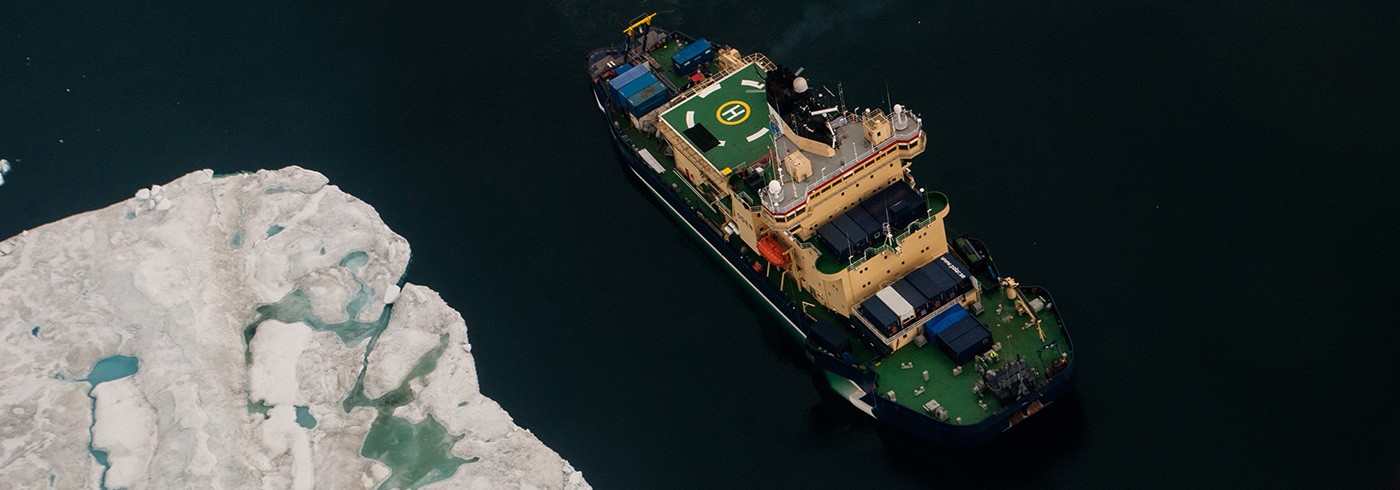Each year several tonnes of mercury end up in the Arctic Ocean. This mercury is transported from more southerly latitudes with the wind. In the Arctic it is converted into methyl mercury.
Once in the water it’s absorbed by algae and microorganisms. They are then preyed on by small fish and crustaceans, which are then eaten by bigger fish, which are eaten by bigger fish and mammals, and in the end they are eaten by humans and large mammals that lives in the Arctic
Katarina Gårdfeldt is a scientist at Chalmers University of Technology. She studies the global transport and transformation
of mercury.
During the Arctic Ocean 2016 expedition measurements were made in the water, sea ice, snow and air in order to see how much and what type of mercury there are in the Arctic.
These measurements are important in helping us understand the impact of melting sea ice and other phenomena caused by climate change, on the transport and transformation mechanisms of environmental toxins in the Arctic.

